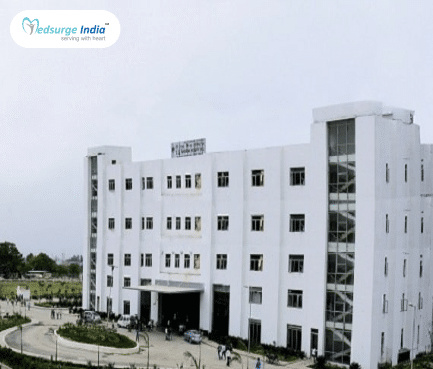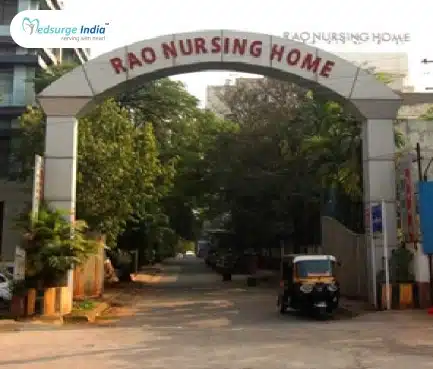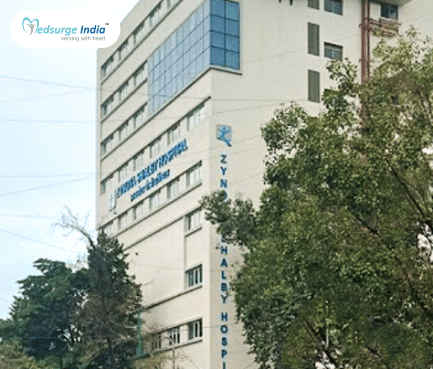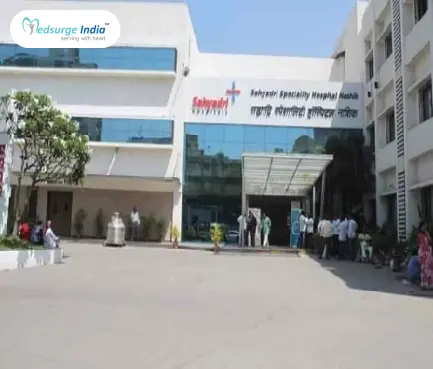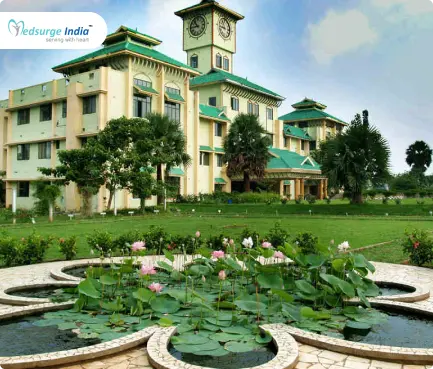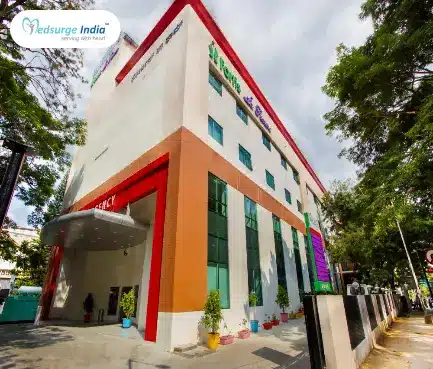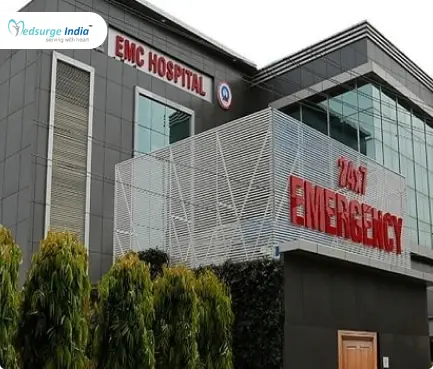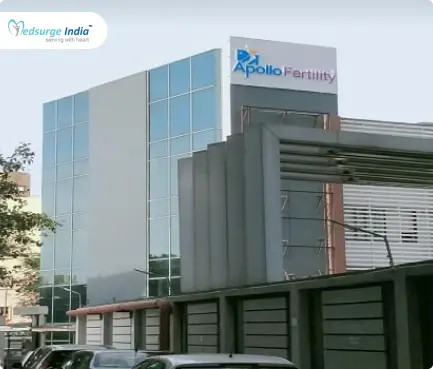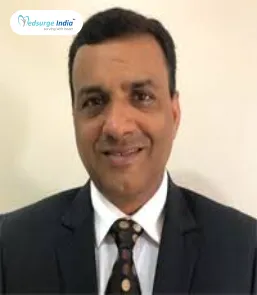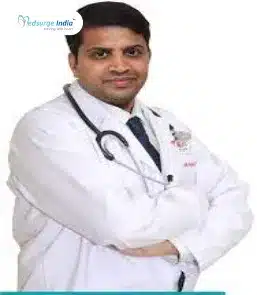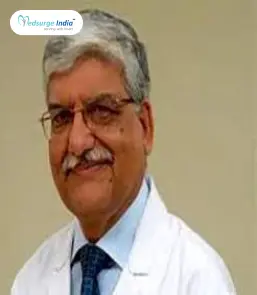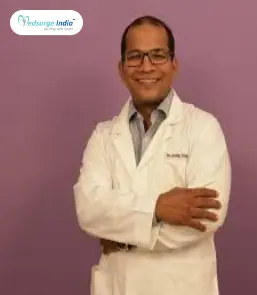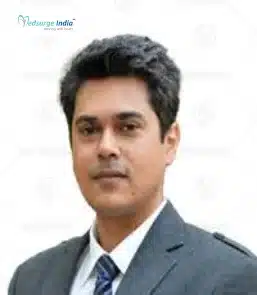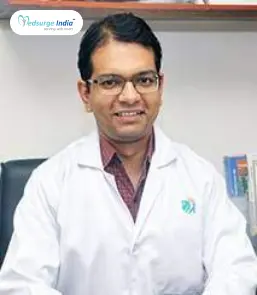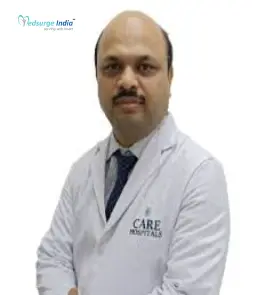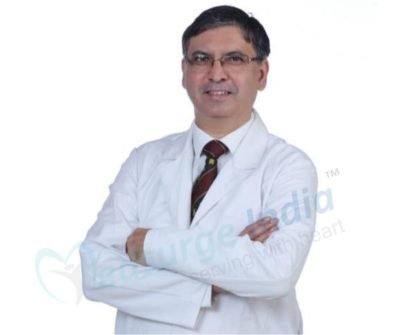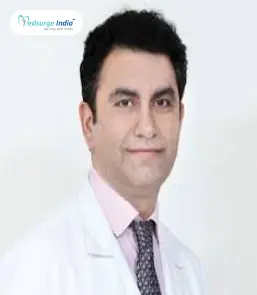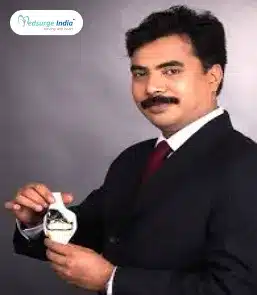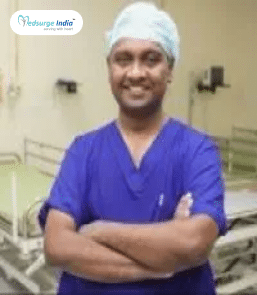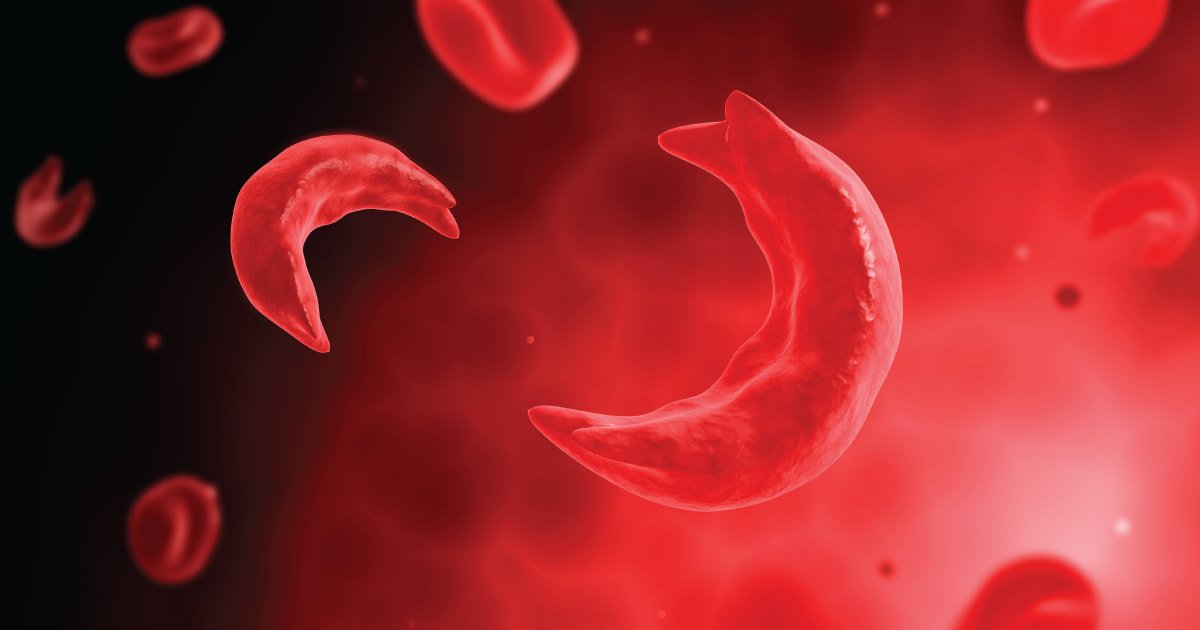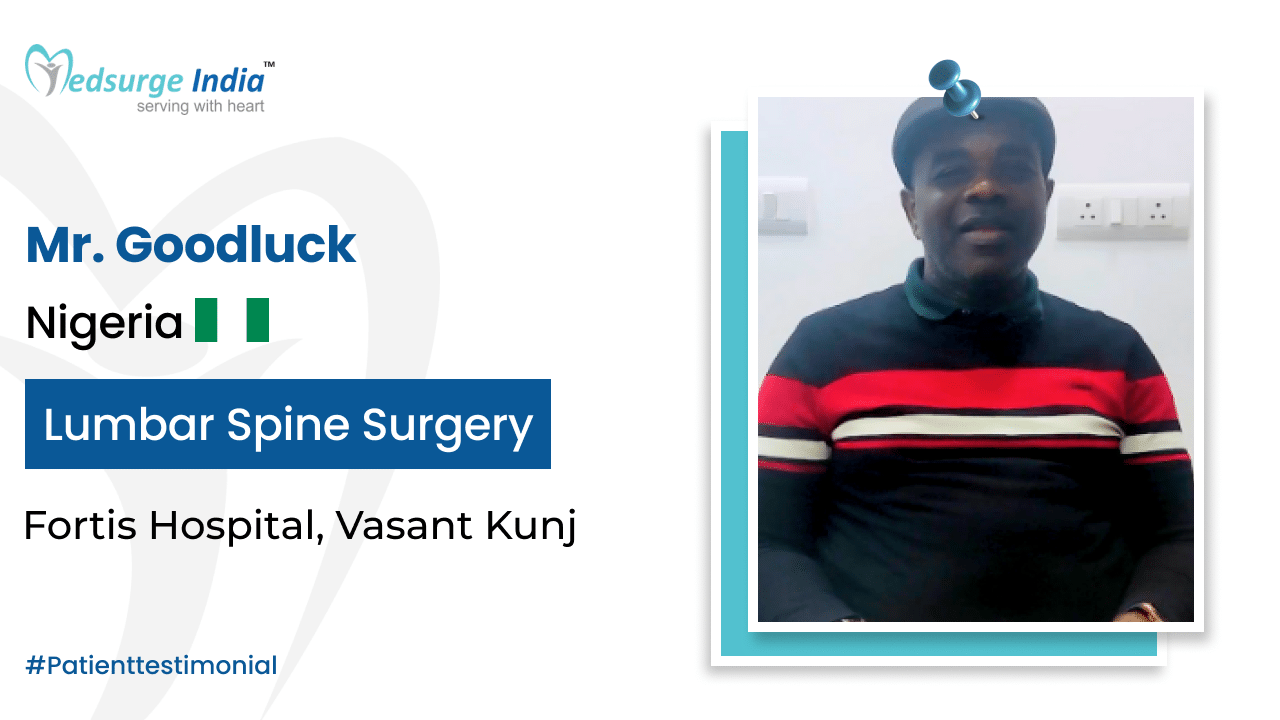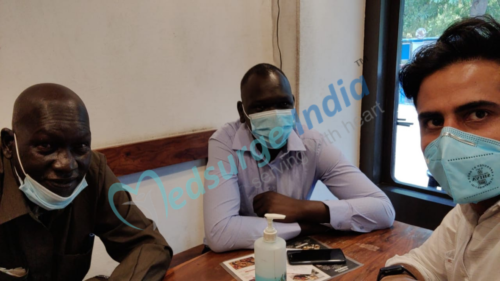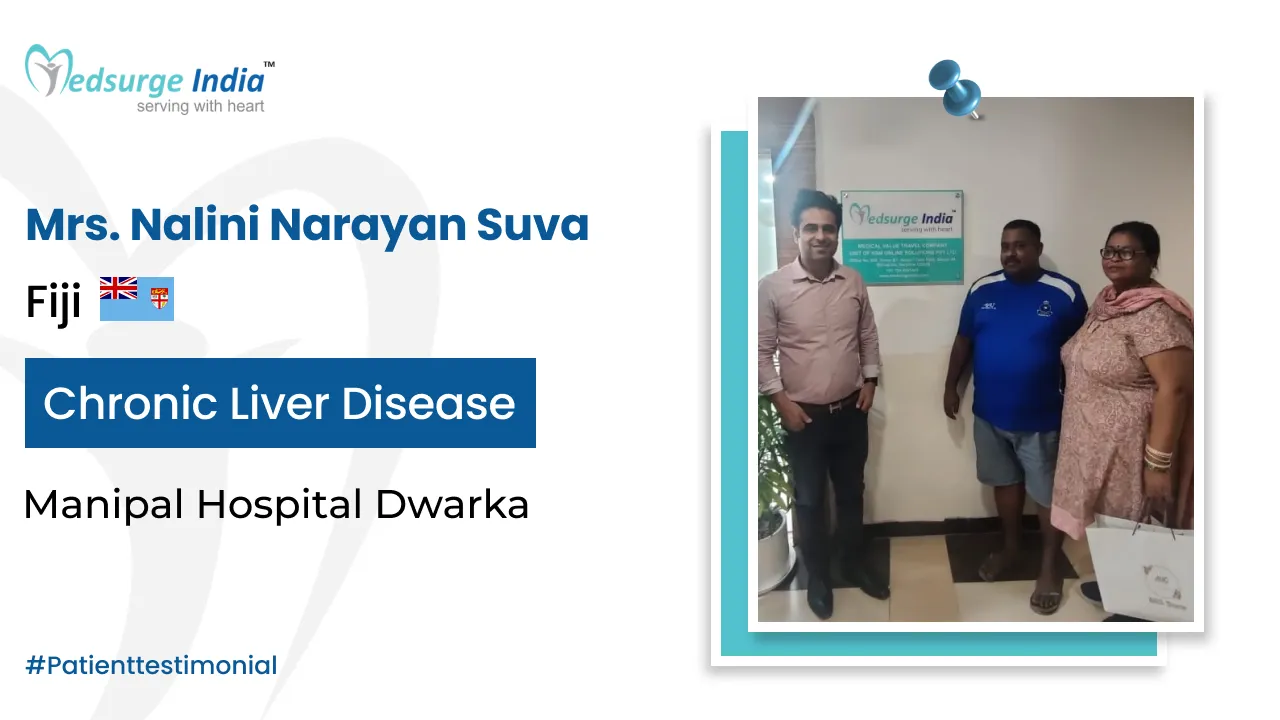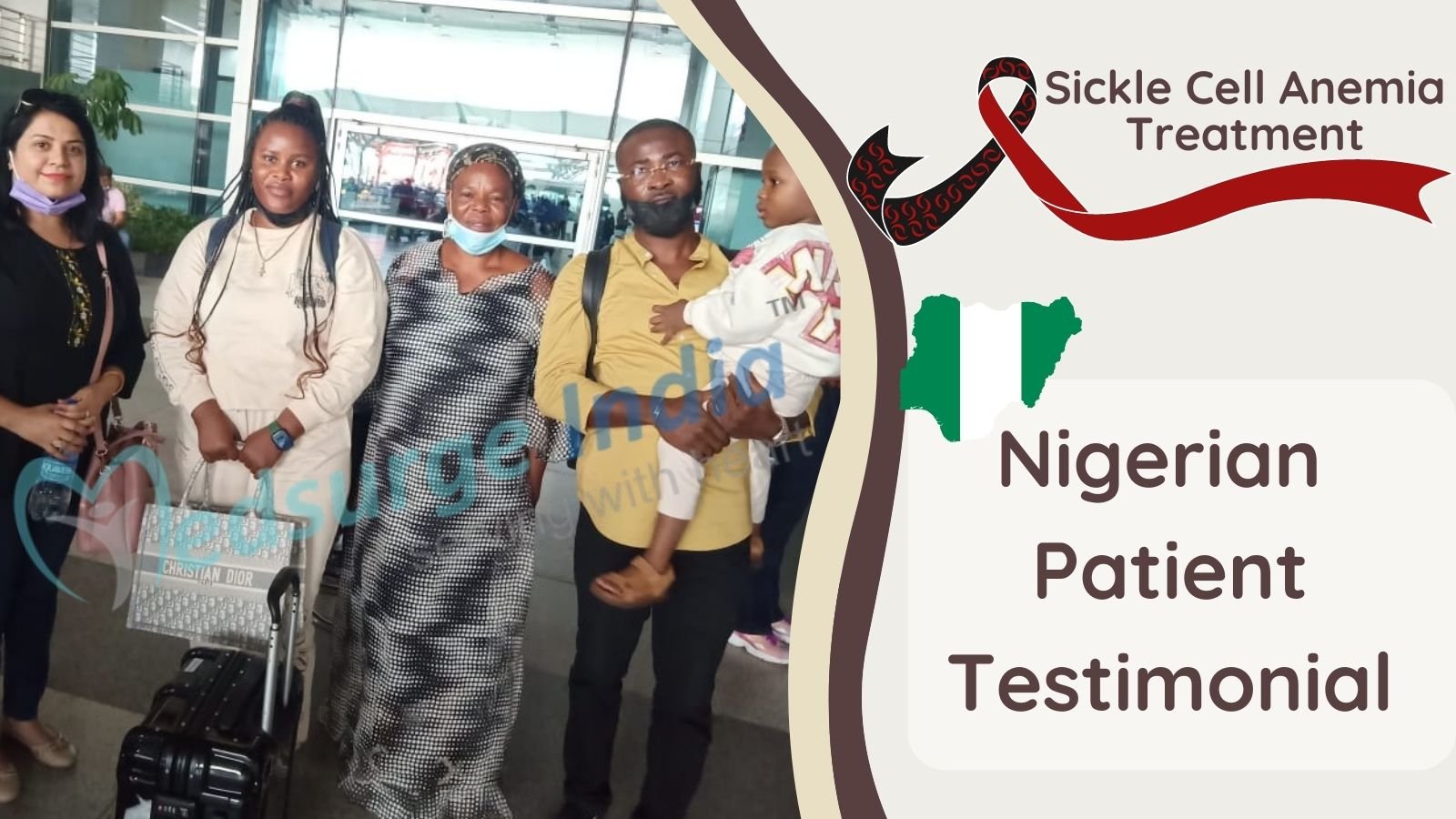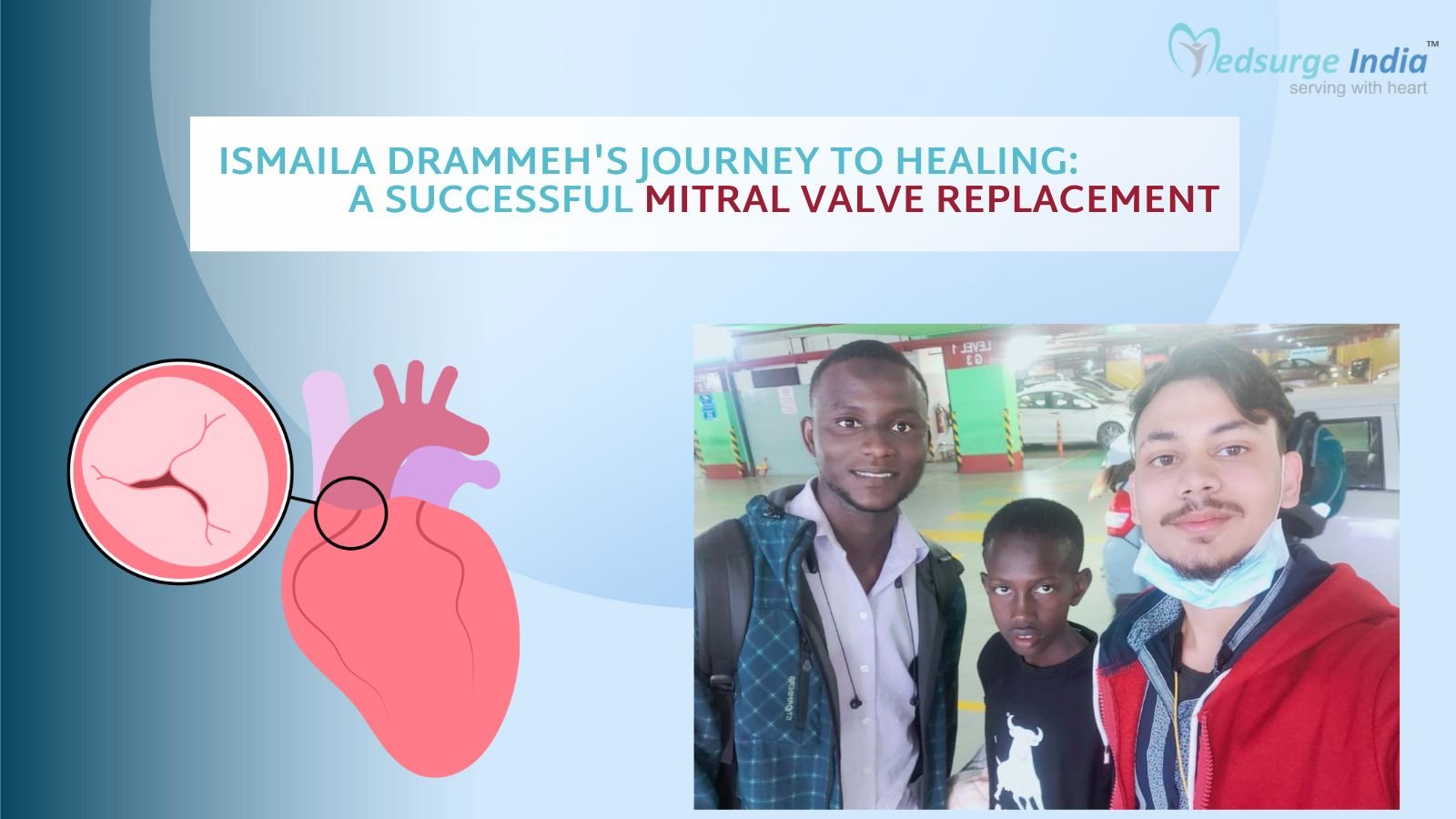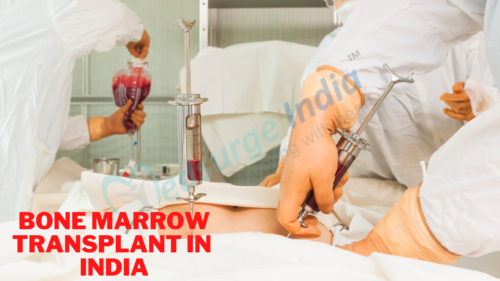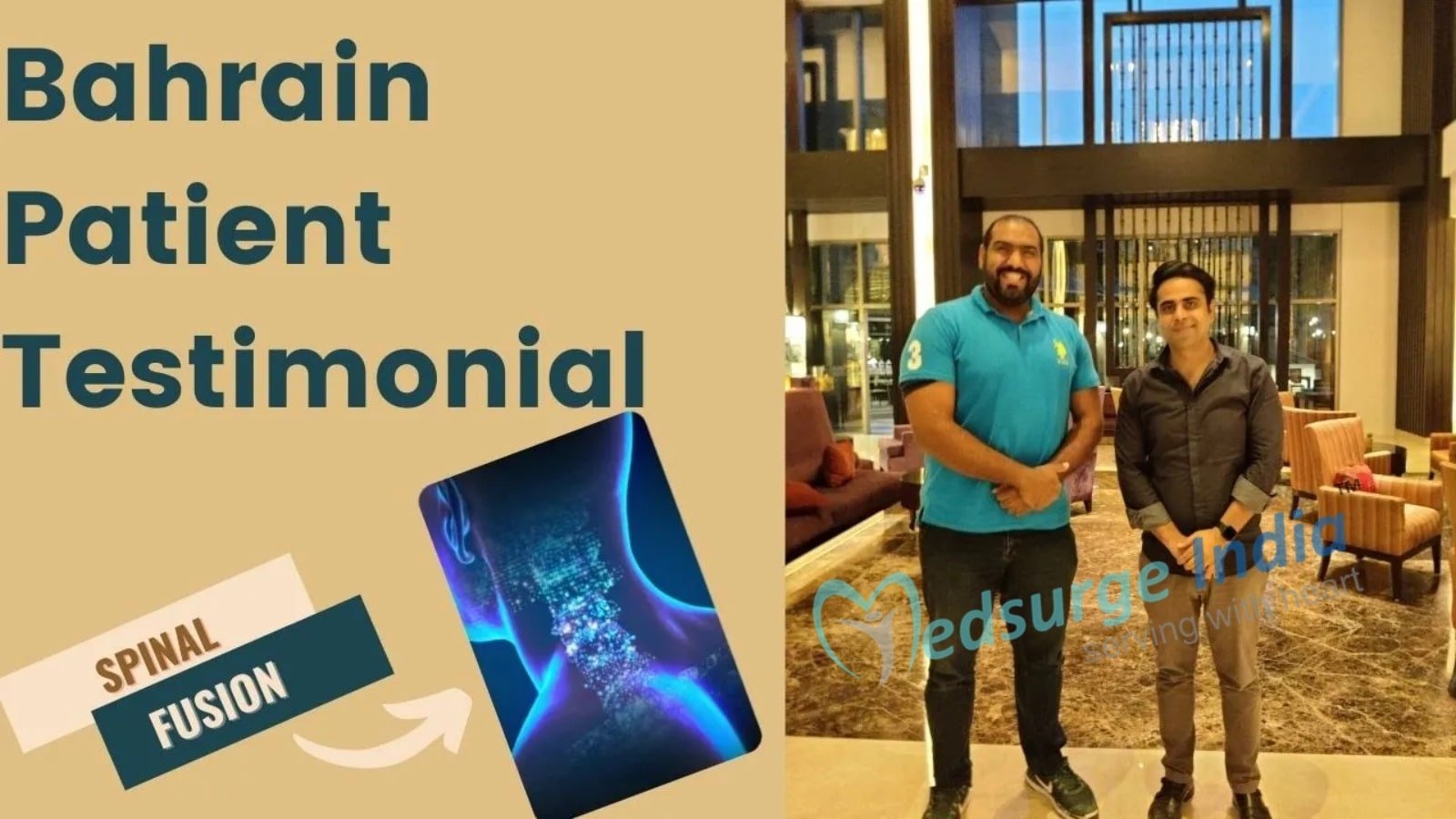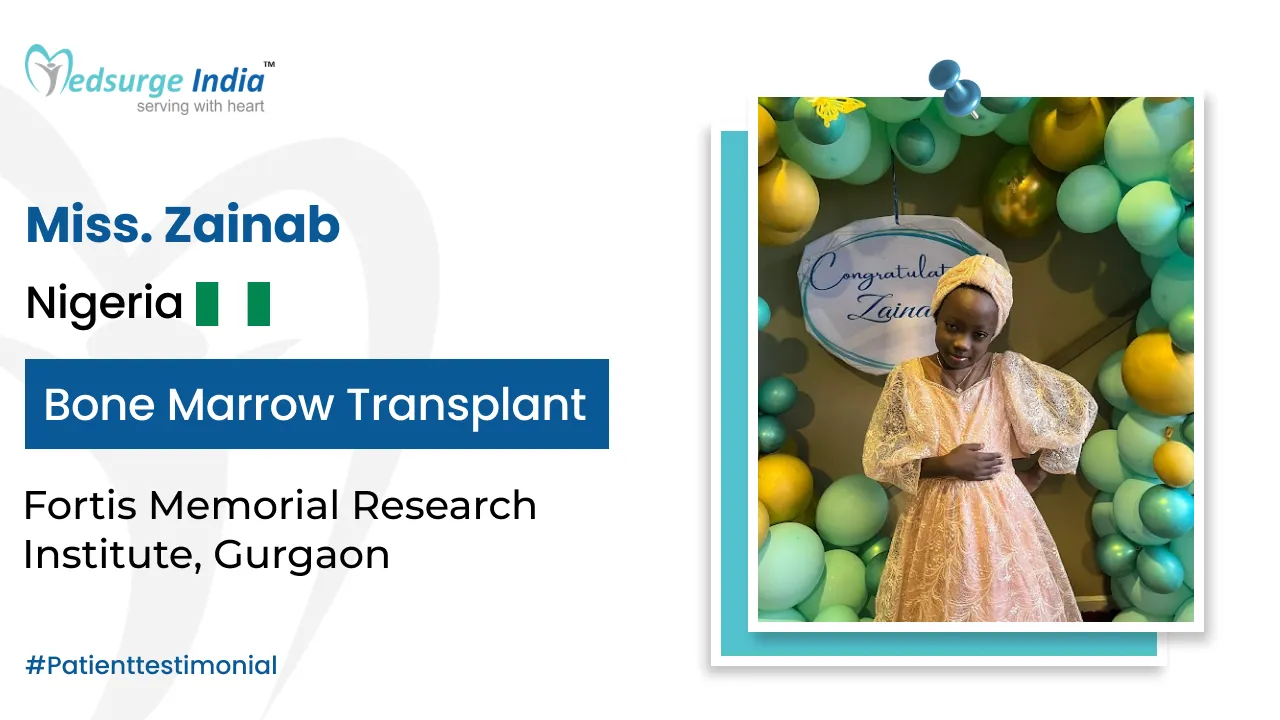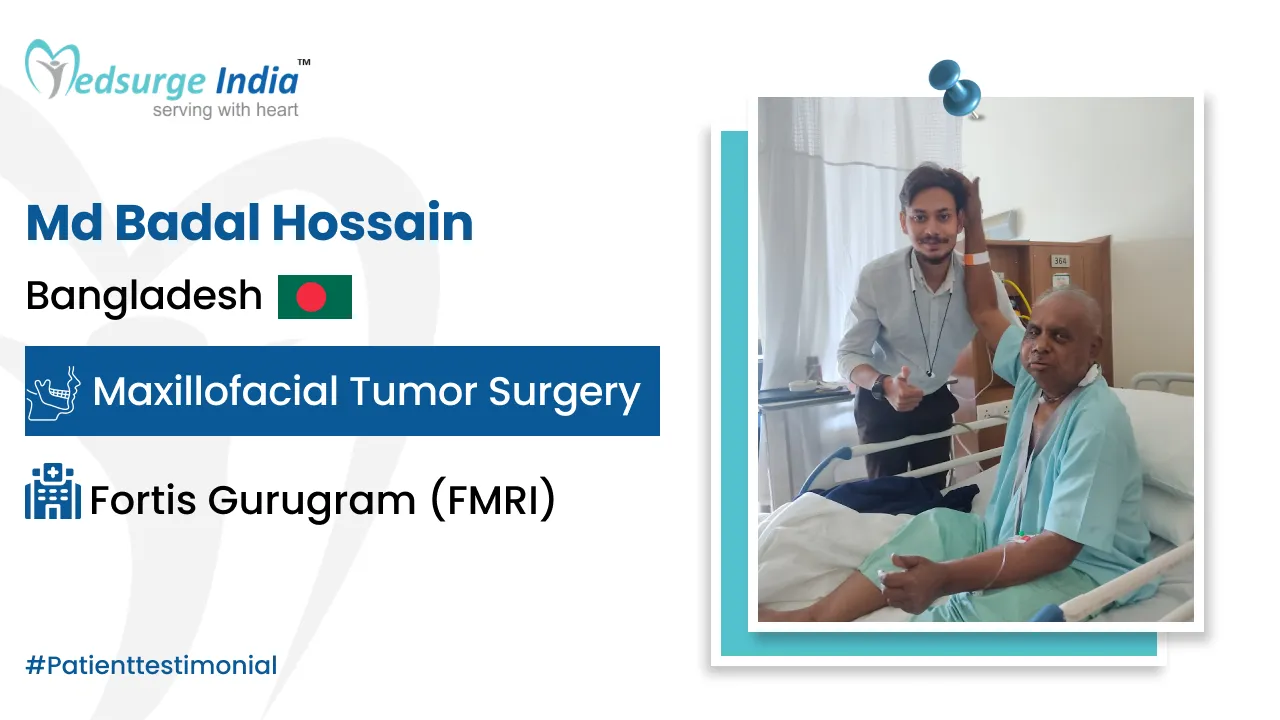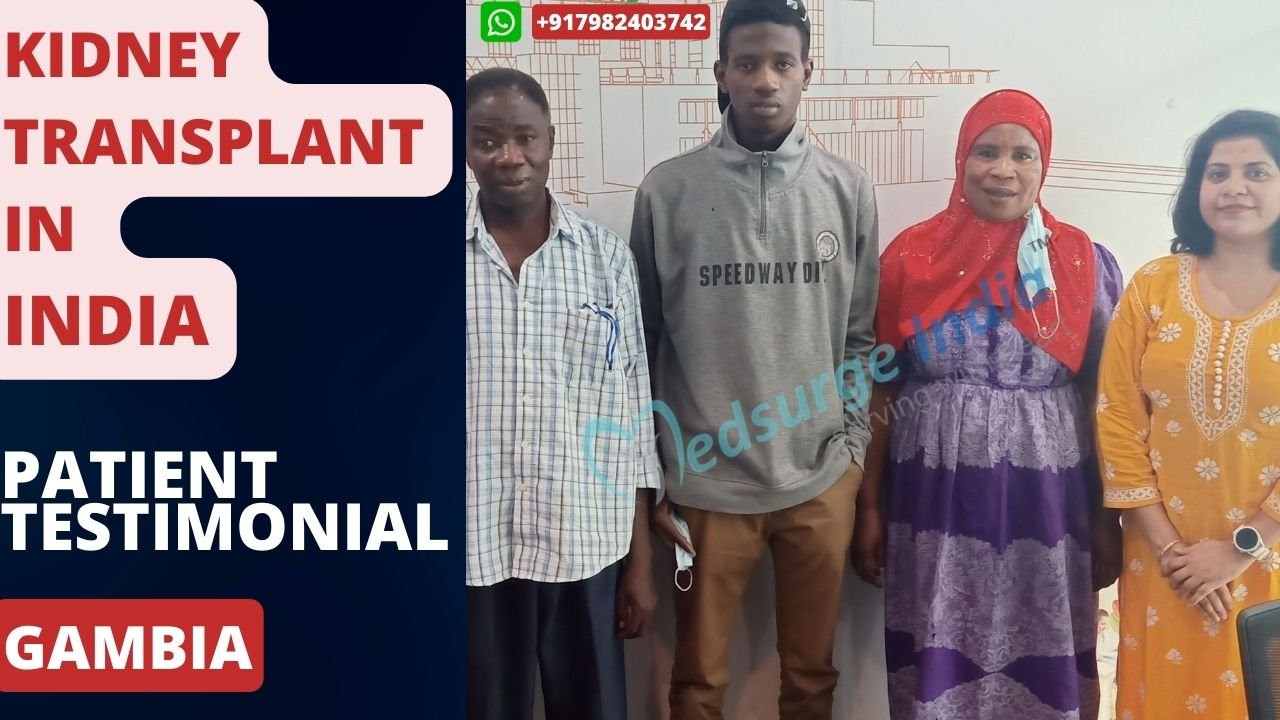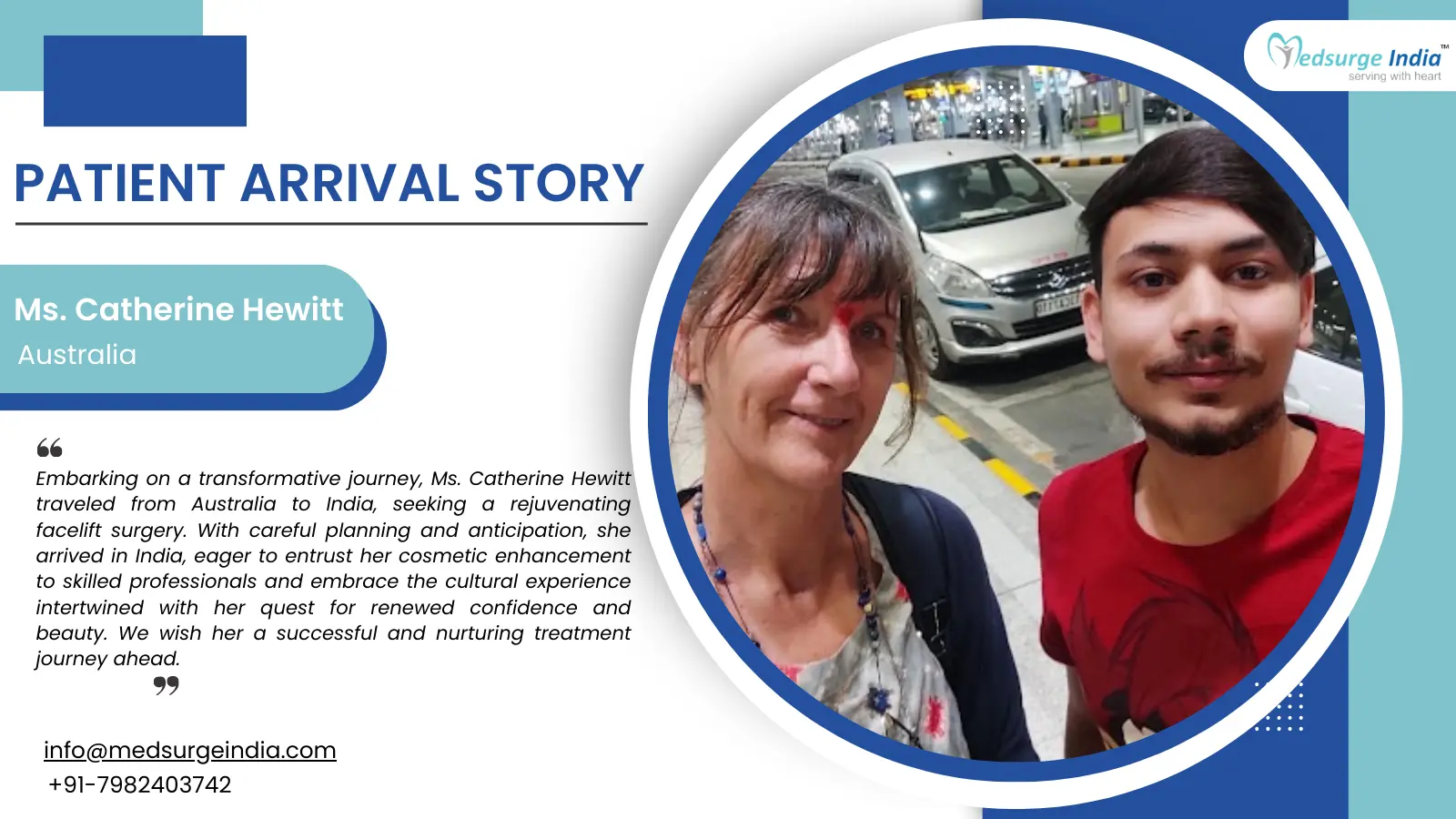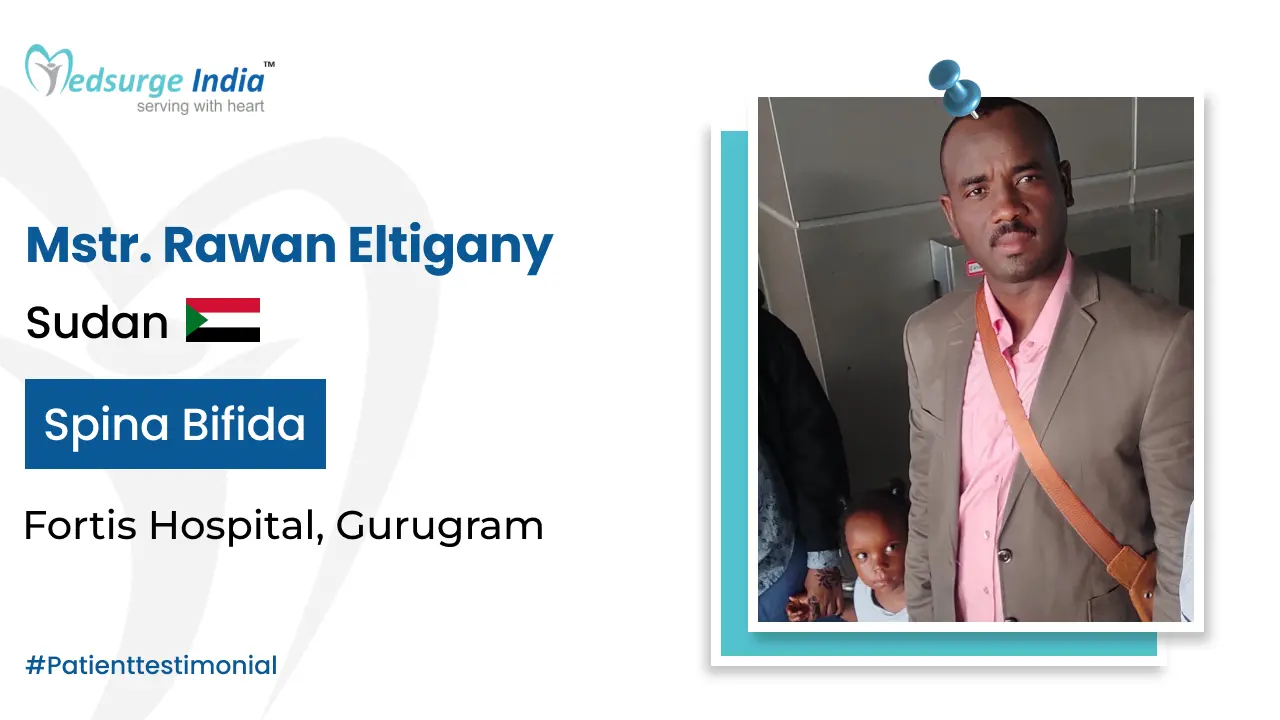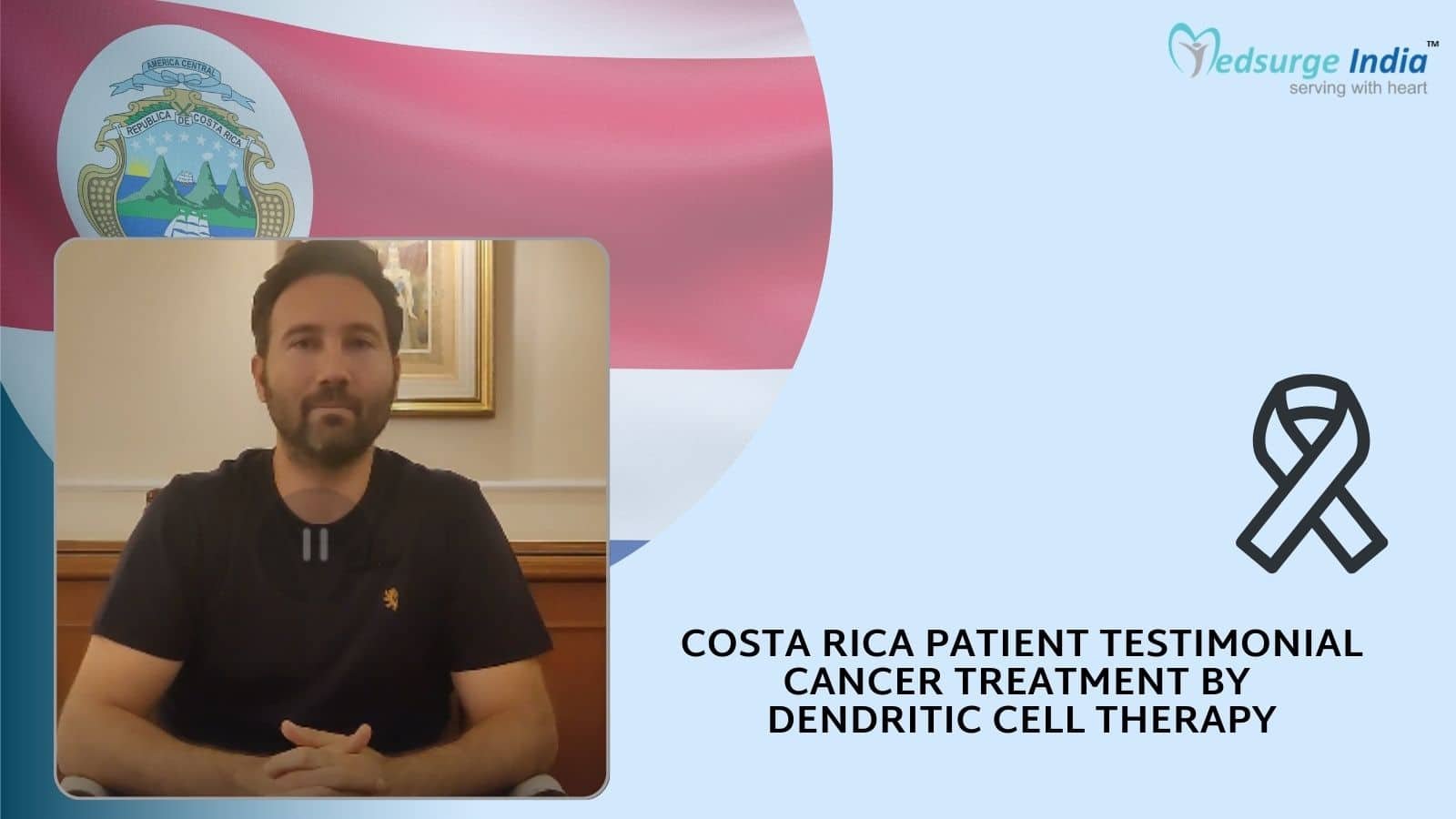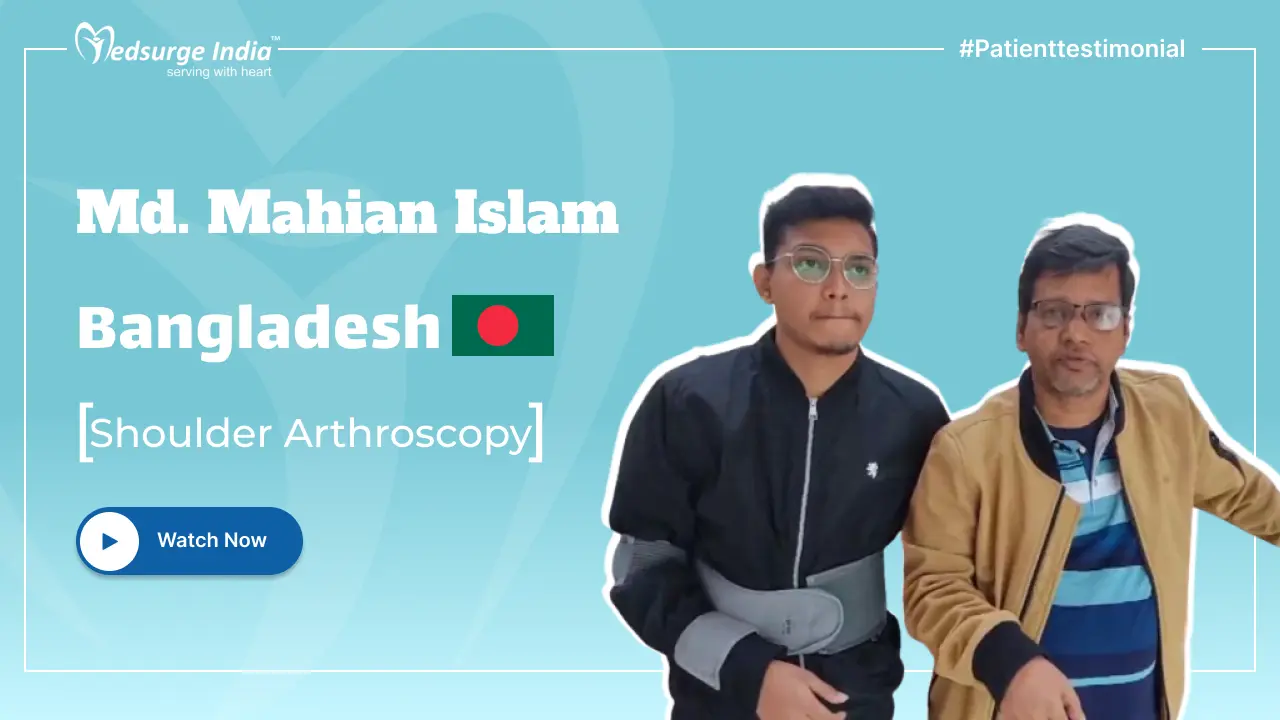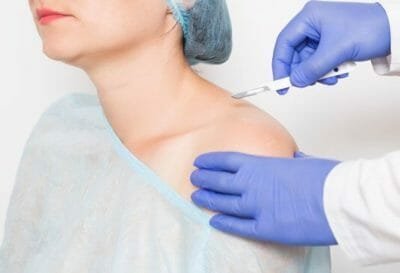
Types of Rotator Cuff Tear
- Acute Tear-If you fall down on your outstretched arm or lift something too heavy with a jerking motion, you can tear your rotator cuff.
- Degenerative Tear– Most tears are the result of a wearing down of the tendon that occurs slowly over time. This degeneration naturally occurs as we age.
- Partial tear-This type of tear is also called an incomplete tear. It damages the tendon, the tendon no longer fully attaches to the head of the humerus.
- Full-thickness tear-This type of tear is also called a complete tear, With a full-thickness tear, there is basically a hole in the tendon.
Symptoms of Rotator Cuff Tears
- Pain at rest, especially if lying on the affected shoulder
- Pain and weakness when lifting and rotating arm
- the crackling sensation during shoulder movements in certain positions
Diagnosis
- Medical History -The physician will discuss your symptoms and medical history.
- Physical Examination – the physician will check tenderness, measure the range of motion of your shoulder, also will test your arm strength.
- Imaging Tests– these tests aid in confirming the diagnosis.
- Magnetic resonance imaging (MRI) – can show soft tissues like rotator cuff as well as where the tear is located within the tendon and the size of the tear.
Medsurge India offers free quotes from the top doctors for those looking forward to the best Rotator Cuff Repair surgery in India.
Rotator Cuff Repair Surgery Cost in India
An average Rotator Cuff Repair Surgery Cost in India starts from USD 3500. The treatment cost will mostly depend on the type of place hospital and the location you choose.
Rotator Cuff Repair Cost In Different Parts of India
| Cities | Starting Price |
| Delhi | USD 3500 |
| Gurgaon | USD 3500 |
| Noida | USD 3500 |
| Mumbai | USD 3800 |
| Hyderabad | USD 3500 |
| Chennai | USD 3500 |
| Kolkata | USD 3500 |
| Bangalore | USD 3800 |
Please note that the pricing and the treatment for Rotator Cuff Repair Surgery Cost in India will vary depending on various factors.
Factors That Can Affect Rotator Cuff Repair Surgery Cost in India
There are many factors that can affect the cost of the treatment. Here are the following here are some variables that can affect Rotator Cuff Repair Surgery Cost in India:
- Medication costs.
- Duration of treatment.
- Geographical location.
- Hospitalization expenses.
- Government policies and subsidies.
- Medical tourism packages.
- Hospital reputation and infrastructure.
- The expertise and experience of medical professionals.
- The type and frequency of diagnostic procedures.
- The choice of treatment modality.
In addition, the quality and level of medical care and facilities offered are on par with renowned healthcare institutions worldwide, even after factoring in the costs of accommodation, meals, and transportation. Moreover, under the guidance of highly proficient doctors, Medsurge India ensures that patients receive the most affordable Rotator Cuff Repair Surgery Cost in India.
Get Free Cost Estimation
Procedure
Rotator Cuff Repair Surgery Procedure
Before Procedure
The type of repair performed depends on several factors considering type of tear, age, activity level, general health, surgeons experience with a particular procedure. The surgeon will discuss with you the best procedure to meet your individual health needs.
Techniques most commonly used for rotator cuff repair include
- Open repair
- Arthroscopic repair
- Mini-open repair
- Open repair – An open surgical incision is performed if the tear is large or complex. The surgeon makes the incision over the shoulder and detaches one of the shoulder muscles (deltoid) to gain access to the torn tendon.
- Arthroscopic Repair-This is less invasive procedure. During arthroscopy, surgeon inserts a small camera, called an arthroscope, into shoulder joint to guide through the surgery , other miniature surgical instruments are inserted to repair the torn rotator cuff.
- Following the repair fluid allowed to drain from shoulder, sterile bandage is applied In order to keep the shoulder muscle immobile while it heals a sling is provided .
- Mini-Open Repair Repair is performed through a small incision. The incision is typically 3 to 5 cm long. While performing the tendon repair, the surgeon views the shoulder structures directly, rather than through the monitor.
After Procedure
Recovery
Complete recovery may take several months.
1: Pain Management– After surgery, you will feel pain which will be controlled by use of NSAIDs.
2: Rehabilitation– Rehabilitation is important in getting you back to your daily activities. Physiotherapy will help you regain shoulder strength and motion.
3: Immobilization –initially the repair needs to be immobilized while the tendon heals, to avoid using your arm for the first 4 to 6 weeks you will be given a sling
4: Passive exercise– Usually, passive exercise are started within the first 4 to 6 weeks after surgery.
5: Active exercise– After 4 to 6 weeks, you will be doing active exercises.
Helpful – Hip Replacement Surgery | Symptoms, Causes & Treatment | Hip Preservation
Factors Affecting Cost Of Rotator Cuff Repair Surgery
The cost to the patient depends on a variety of factors like:
- The hospital, the patient chooses
- Room –Standard single room, deluxe room, super deluxe room for the number of nights specified (including nursing fee, meals, room rate and room service)
- Fee for the team of doctors and OT charges
- Standard test and diagnostic procedures
- Cost of the follow–up care required after the procedure
- Physiotherapist cost
The Most Important Frequently Asked Questions
Q: Is It Typical to Sustain a Rotator Cuff Injury?
A: Rotator cuff tears are a very prevalent cause of pain and impairment in adults.
Q: What Will Happen If My Rotator Cuff Is Torn?
A: A torn rotator cuff weakens the shoulder, making it difficult and uncomfortable to do simple tasks like combing hair or getting dressed.
Q: What Happens During Rotator Cuff Repair Surgery?
A: The tendon is usually reattached to the head of the humerus after surgery to repair a torn rotator cuff.
Q: What Is the Prognosis Following Rotator Cuff Surgery?
A: After surgery for a torn rotator cuff, the majority of patients report increased shoulder strength and less pain.
Q: Which Tendon Is the Most Commonly Injured in Rotator Cuff Injuries?
A: Supras are a type of high-heeled.
Q: What Are the Surgical Indications?
- The main indication for surgery is continued pain not improving by conservative therapy
- If you participate in sports and frequently use your arms for overhead tasks
- Symptoms that continue 6 to 12 months with no alleviation
- a significant tear (more than 3 cm)
- Your shoulder has severe weakening and loss of function.
- a tear caused by an acute injury
Top Hospitals for Rotator Cuff Repair Surgery in India
Top Doctors for Orthopedics
Dr. Kiran Harsha Melkote
Associate Consultant MS, MBBS
Experience: 9 years of experience
Fortis Memorial Research Institute, Gurgaon
Gurgaon, India
Dr. Manoj Pahukar
Consultant
Experience: 16 years of experience
Wockhardt Super Speciality Hospital Nagpur
Kolkata, India
Dr. Gyan Sagar Tucker
Senior Consultant
Experience: 27 years of experience
Pushpawati Singhania Research Institute (PSRI), New Delhi
New Delhi, India
Dr. Abheek Kar
Consultant
Experience: 24 years of experience
Apollo Gleneagles Hospital, Kolkata
Kolkata, India
Dr. Murukan Babu
Consultant
Experience: 10 years of experience
Rajagiri Hospital, Kochi
Kochi, India
Dr. Jayateerth W Kulkarni
DNB, MS, MBBS
Experience: 29 years of experience
Fortis Hospital, Bangalore (Cunningham Road)
Bangalore, India
Dr. PS Gill
Senior Consultant
Experience: 30 Years
Indian Spinal Injuries Center, New Delhi
New Delhi, India
Dr. Aravindan Selvaraj
Chief
Experience: 31 years of experience
Kauvery Hospital, Alwarpet, Chennai
Chennai, India
Dr. Ashok Dhar
Senior Consultant
Experience: 22 years of experience
Fortis Escorts Hospital, Faridabad
Faridabad, India
Dr. Bhushan Nariani
Director
Experience: 16 years of experience
BLK Super Speciality Hospital, New Delhi
NewDelhi, India
Dr. Raj Kanna S
Consultant
Experience: 15 years of experience
Prashanth Multi Speciality Hospital Chennai
Chennai, India
Dr. M Rajesh
Experience: 12+ years of experience
Jindal Sanjeevani Multispeciality Hospital, Bellary
Bellary, India


